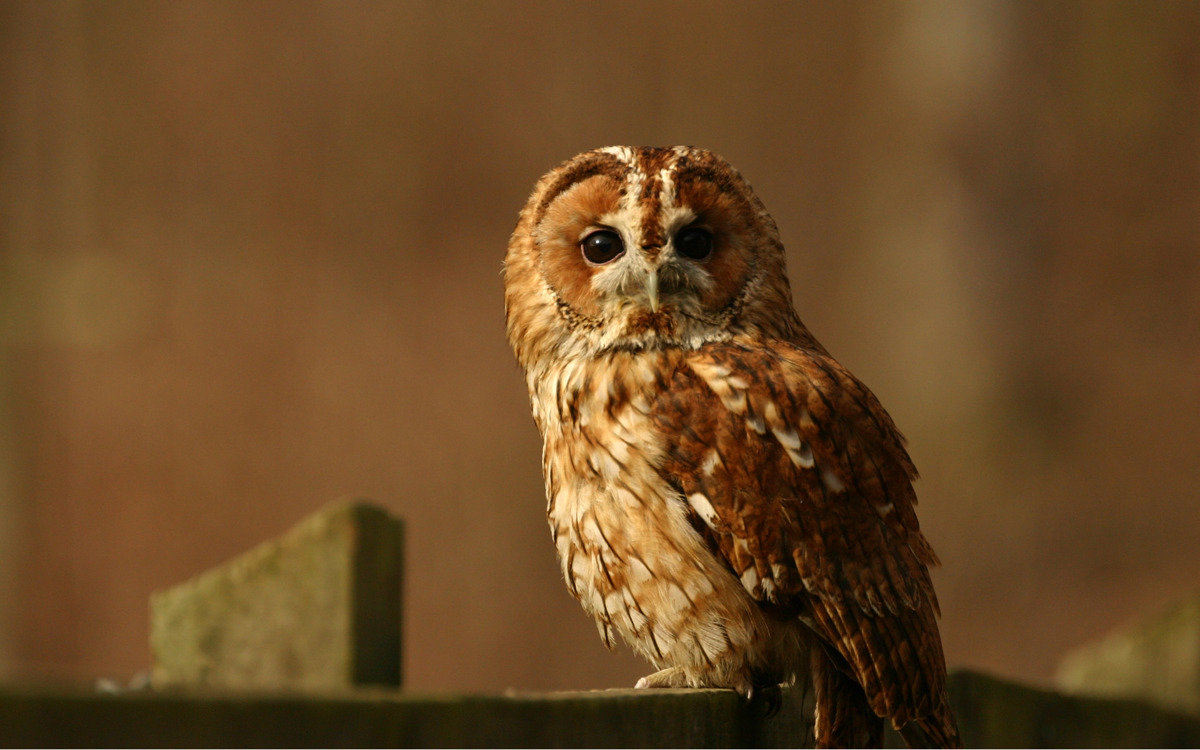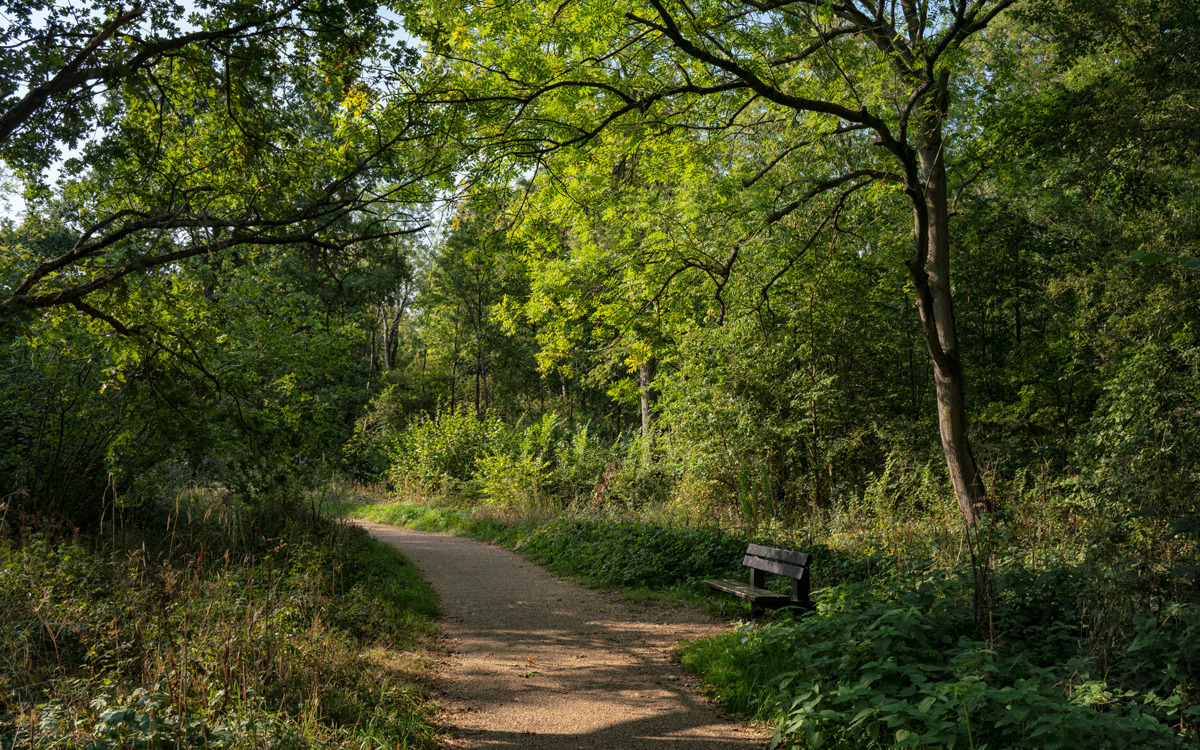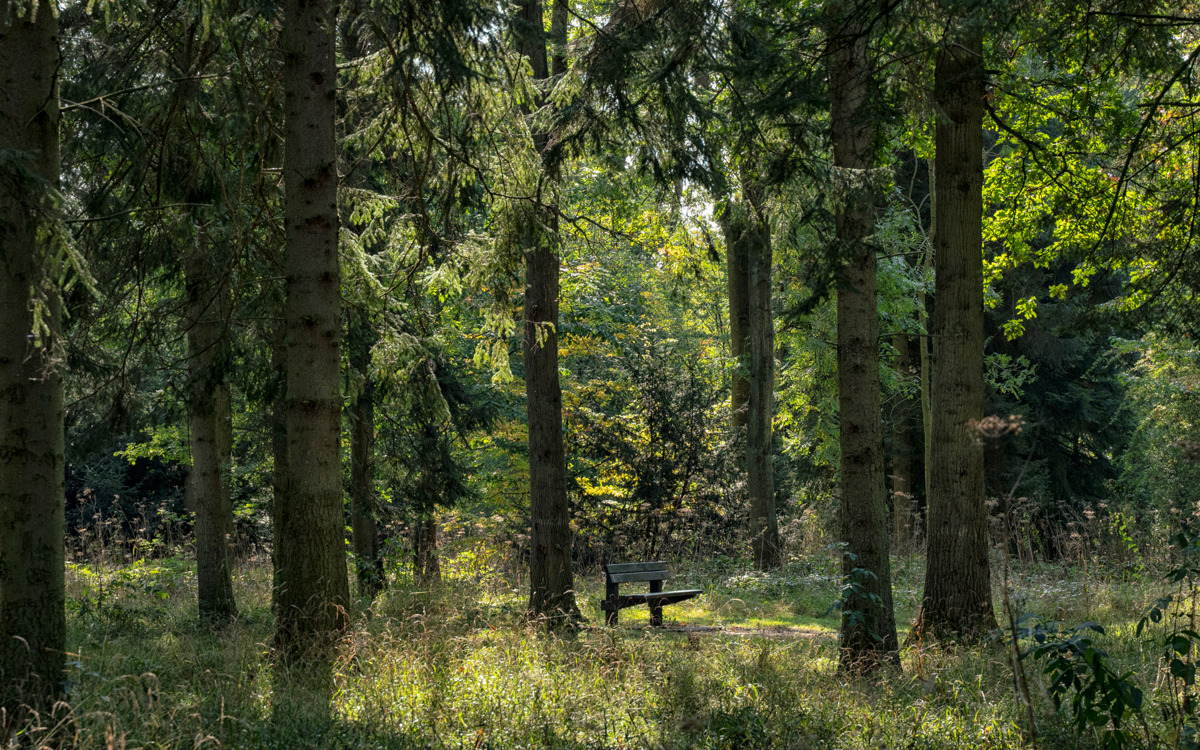Facilities

About Linford Wood
Linford Wood is an ancient woodland of 97 acres with surfaced and unsurfaced footpaths. When entering the woods, look carefully through the undergrowth or from above for our series of fun carved timber sculptures that are inspired by various woodland animals and plants.
In the spring, the wood has an incredible display of bluebells and it is home to diverse species of wildlife. For this reason, dogs must be kept on lead during breeding season (March-September).
Our management aims of Linford Wood (and Stanton Wood) are to maintain and enhance the semi-natural character of the woodland, increase its conservation interest, and build its recreational and landscape value.
Please note, as there is a bridleway which goes through the wood, you may pass horse riders during your visit. Please ensure you follow the Countryside Code to keep yourself and others safe.

Linford Wood serves as an essential habitat for various wildlife such as deer, foxes, badgers and a diverse range of bird species, including the Green Woodpecker, Tree Creeper, Willow Warbler, Sparrowhawk, and Tawny Owl. As with any woodland, the flora in Linford Wood is also rich and varied, meaning there is always something new to see, from the amazing bluebell display in Spring and Summer flowers to the fungal displays of Autumn and Winter.

Originally, this area was managed for several centuries as part of the Great Linford Manor Estate. In 1284, it was enclosed as a deer park to provide opportunities for hunting, pig pannage and grazing.

Stanton Wood is situated south-west of Linford Wood, being 4.4 acres in size. The date when this area was planted has yet to be discovered, but it is represented as a woodland on the Ordnance Survey Map between 1833 and 1835. Stanton Wood is predominantly a long-established secondary woodland planted over ridge and furrow fields, with a canopy involving mainly Ash, Oak and Field Maple trees.
Click on the + icons below to find out information about visiting the park.



